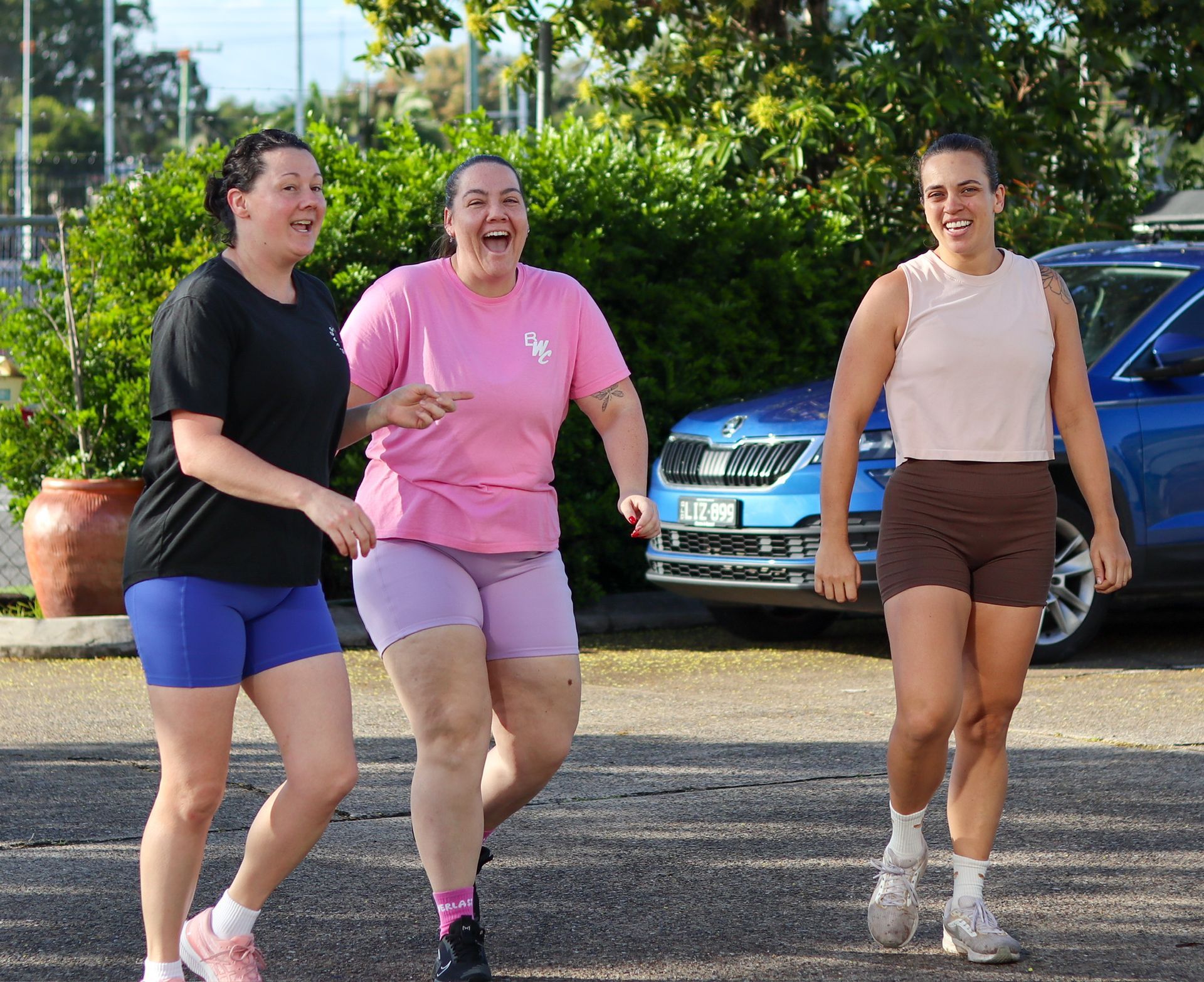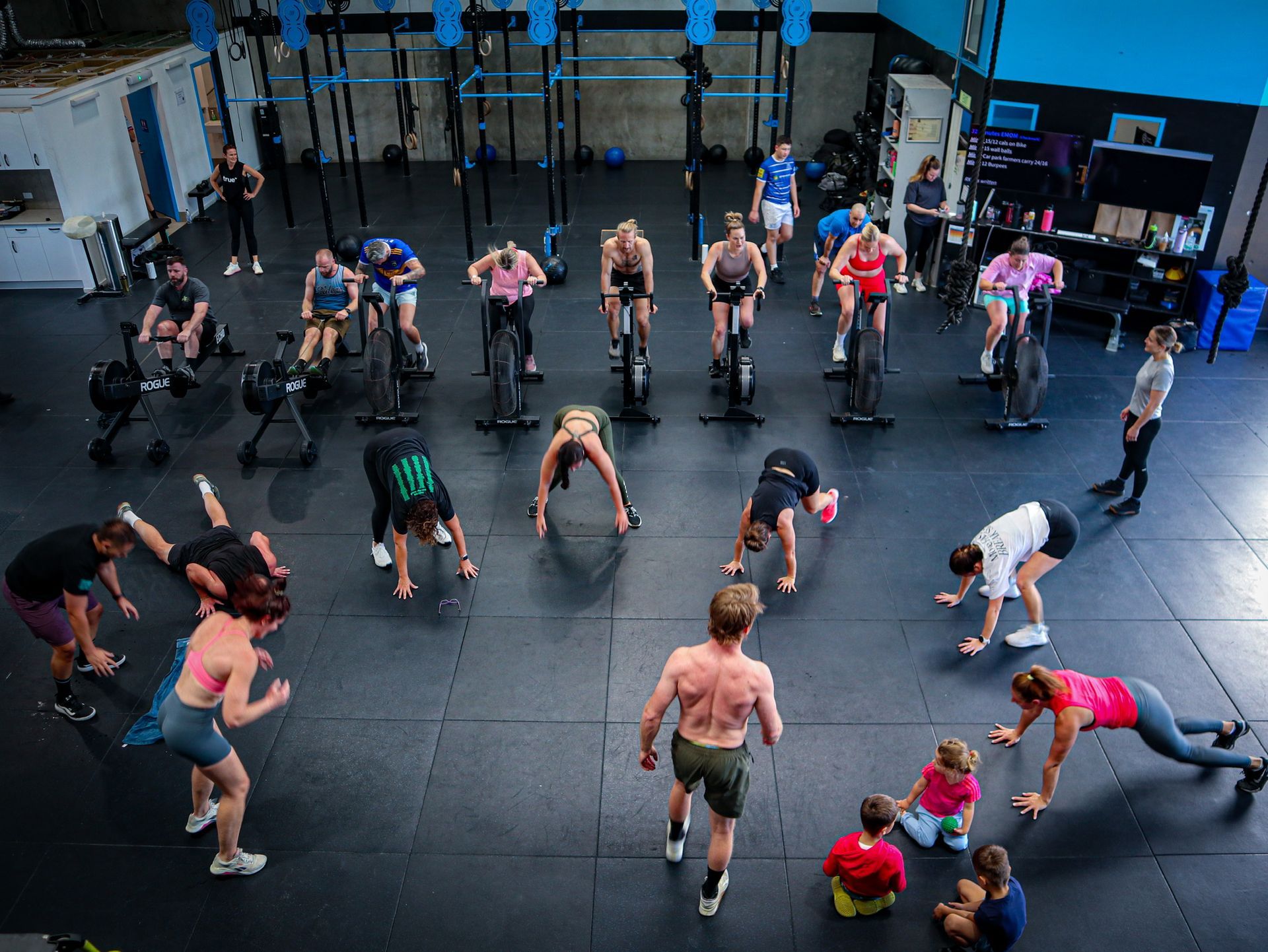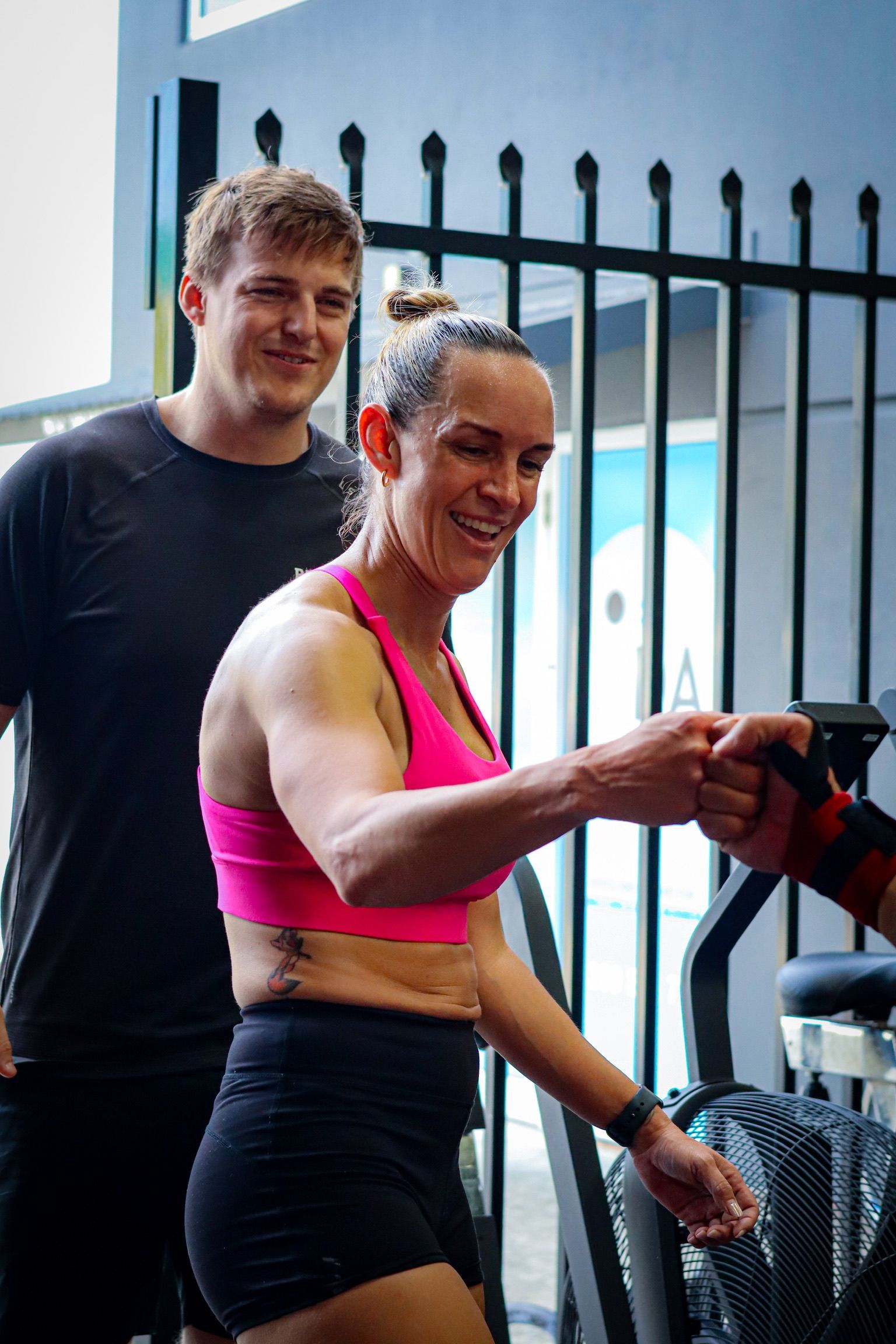Injuries: Prevention and What To Do When You Get Hurt With Physiotherapist Louis Savill
EEvery athlete deals with injuries in some way, shape or form at some point. As you increase your athletic activity, you're going to feel niggles, twinges and occasionally an injury. But what do you do if you're injured? And how do you keep training if you're hurt? Rebuild Health and Fitness physiotherapist, Louis Savill discusses how you can deal with injuries and work around them. In the case of an injury, who should you see?There's been some industry tension surrounding physiotherapists, exercise physiologists, chiropractors and osteopaths - so which one is best for what? Louis explains: “Look, I’m actually of the opinion that if you’ve got a physio, osteo and chiro who are following the evidence base, that each understand and read research and have sound principles in place, their practice shouldn’t look that different. At a certain point it may even be best to unify these professions and bring us all under the same umbrella. Now that’s a very lofty goal and I know there’ll be that many little turf wars that’ll occur with implementing that idea. But, I know of some practitioners whose approach to a problem would be similar to mine, if not identical. Rather than selecting a practitioner based on profession alone, it may be better to seek out somebody who understands your activity and has experience working with people similar to yourself.” What to do when you get hurt: PEACE and LOVEThe evidence and science of injury management has changed rapidly over the past years. And while often you'll see people reaching for the ice to cope with an injury, there may be a better approach to take if you get hurt. Louis recommends PEACE and LOVE. P – ProtectionIf you’ve sprained your ankle, it’s bad enough that you can’t actually walk without a limp, and it’s really sore. You’re not going to try and run on that again unless you’re in a grand final or within elite sports, sometimes being pushed through to the things, but for the average person that’s not advisable. We want to protect that and prevent further damage. E – Elevation It’s going to potentially mitigate the bleeding and the swelling that occurs in that area. Now some of that is going to happen, it’s part of the healing process, but you just don’t want it to be out of control. A – Avoid anti-inflammatories (including ice…)This is another controversial principle and it doesn’t always apply to every situation. For certain severely painful conditions with a significant inflammatory driver, If we can alleviate that suffering in the short term with medication then we probably should. However, for a simple ankle sprain or a muscle tear, there’s a compelling argument that we don’t want to suppress inflammation more than we have to - more just getting weight off it, elevating and gently moving it. Inflammation is how our body heals and stopping that process may affect the integrity of the healed tissue. So avoiding anti-inflammatory medication is recommended in these cases. Short term use of ice is fine for alleviating pain, but excessive use of ice can also suppress inflammation. It’s best to stick to 10 minutes or less as required when sore. C – Compression Compression is a comfort measure more than anything. It helps you feel more secure and it gives you a little bit more of awareness of the injured site. It may prevent additional swelling to some degree if particularly firm, but is unlikely to clear out swelling that is already there, more so than gentle ranging and elevation will. E – Education This is all about just understanding that your body knows best and that you want to avoid unnecessary passive interventions or unnecessary imaging. I cannot speak enough about how harmful early, unwarranted imaging is. Too often you take a problem that has a favorable natural history which is likely to get better in six to eight weeks and then you go and investigate it only to pick up incidental findings which may have nothing to do with your current issue. This may lead to further investigations or unnecessary invasive treatment such as surgery, which can be catastrophic. With back pain for example, we know that having early imaging leads to a much higher rate of injections and a much higher rate of surgeries, irrespective of how bad the pain is initially. In cases of traumatic injury I do think having a review with a professional is important to determine whether a scan is necessary. They have a place for determining the severity of these issues, clarifying recovery timeframes and whether further referral is required. L – LoadAppropriate early loading is actually important for helping guide the healing process, whether that’s through movement or actually applying resistance. Many injuries will do better with continuing to be active and using the area to its maximal tolerable level. This is where professional guidance can be very useful. O – Optimism Conditioning your brain for optimal recovery by being confident and positive. That might sound a bit ridiculous to some people, but what we now understand about pain is that it’s not really a good indicator of how badly something has been damaged, but how threatening your nervous system finds it. Research shows that pain is mediated by psychological factors, like depression and anxiety, pain efficacy, all those things do have a significant influence on the outcome and how fast the person recovers. Things do get better with time, so it’s important to keep in mind and be patient with that as well. Understanding that this too will pass is important and pushing too soon out of “FOMO” isn’t great for outcomes either. V – VascularisationContinuing pain-free cardiovascular-based exercise to promote blood flow. This has a beneficial effect on a systemic level to aid in healing, as well as a psychological level for people for whom exercise is important for mental wellness. E – ExerciseThis is all about adopting an active approach to recovery and re-establishing pre-injury levels of mobility and strength. It’s important to progressively load up the area to help you recover the qualities you need to do your goal activities. I tend to, whenever possible, try to adopt a criteria-driven approach to guide people through this and decrease risk of set-backs.
Previous Blogs




